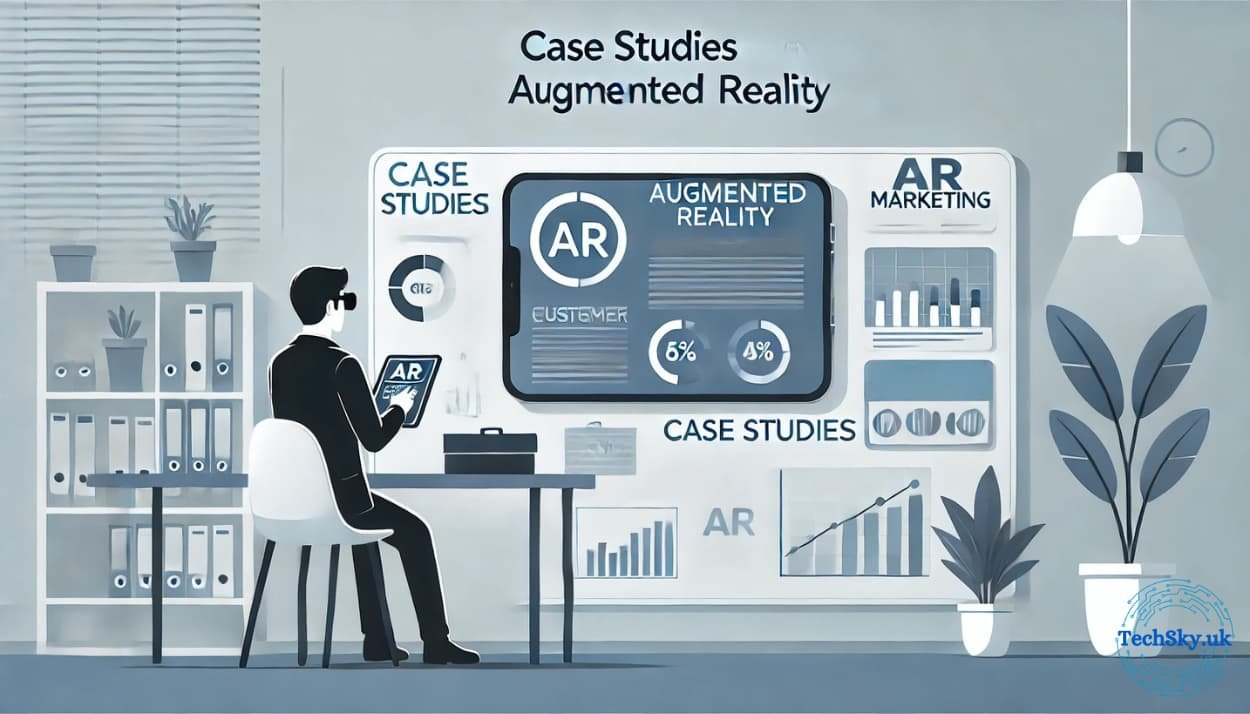Marketing is undergoing a transformation with the integration of augmented reality (AR), allowing brands to create captivating campaigns that resonate with audiences. By blending digital elements into the physical world, AR is opening new doors for innovation and engagement. In this article, we’ll highlight some of the most successful AR marketing campaigns and explore what makes them stand out.
What Makes AR Marketing Campaigns Effective?
AR campaigns stand out by combining creativity with technology. Here are the key benefits that make AR marketing a success:
- Enhanced Engagement: AR turns passive viewers into active participants, increasing brand interaction.
- Memorability: Immersive AR experiences leave a lasting impression on users.
- Shareability: Unique AR campaigns are more likely to go viral, amplifying their reach.
These features make AR a powerful tool for capturing and retaining audience attention.
Examples of Successful AR Marketing Campaigns
Brands across industries have embraced AR to connect with their audiences in innovative ways. Here are some notable examples:
- Pepsi’s Bus Shelter Campaign: This AR experience turned a mundane bus stop into a portal to unexpected events, like alien invasions and wild animals.
- IKEA Place: An app that lets users visualize how furniture will look in their homes, simplifying the buying process.
- Snapchat AR Lenses: Interactive filters and lenses that allow users to engage with brands in fun and creative ways.
These campaigns illustrate the diverse applications of AR in marketing.
Addressing Challenges in AR Marketing
Despite its benefits, implementing AR marketing campaigns can be challenging. Here’s how to overcome common obstacles:
- High Costs: Start with smaller, targeted AR campaigns to manage budgets effectively.
- Technical Barriers: Collaborate with experienced developers to ensure seamless execution.
- User Education: Provide clear instructions to help audiences understand and use AR features.
By addressing these challenges, brands can unlock the full potential of AR marketing.
The Future of AR in Marketing
AR marketing is continuously evolving, with new trends emerging. Here’s what to expect:
- Integration with AI to create hyper-personalized AR experiences.
- Expansion of web-based AR, making campaigns accessible without app downloads.
- Increased use of AR in social commerce, enabling users to try products virtually before purchasing.
These trends highlight the growing importance of AR in the marketing landscape.
Exclusive Insights: Secrets Behind Successful Campaigns
Here are some strategies that make AR marketing campaigns successful:
- Focus on Storytelling: Campaigns that tell a compelling story resonate more with audiences.
- Leverage Social Media: Platforms like Instagram and Snapchat amplify AR campaigns through their massive user bases.
- Encourage User-Generated Content: Interactive AR campaigns inspire users to create and share their own experiences.
Applying these strategies can help brands achieve outstanding results with AR marketing.
Did You Know?
Here are some interesting facts about AR marketing:
- Nearly 70% of consumers believe AR can enhance their shopping experience.
- AR marketing campaigns can increase conversion rates by up to 40%.
These stats underline the effectiveness of AR as a marketing tool.
Key Takeaways
AR is revolutionizing the marketing world with its ability to create memorable and interactive experiences. By learning from successful campaigns and staying updated on the latest trends, brands can leverage AR to engage their audiences and achieve their marketing goals.
Frequently Asked Questions
Here are answers to common questions about AR marketing campaigns:
- Q: Do AR campaigns require a large budget?
A: Not necessarily. Many platforms offer affordable AR tools that suit smaller budgets. - Q: How can I measure the success of an AR campaign?
A: Use analytics tools to track engagement, conversions, and audience reach.
